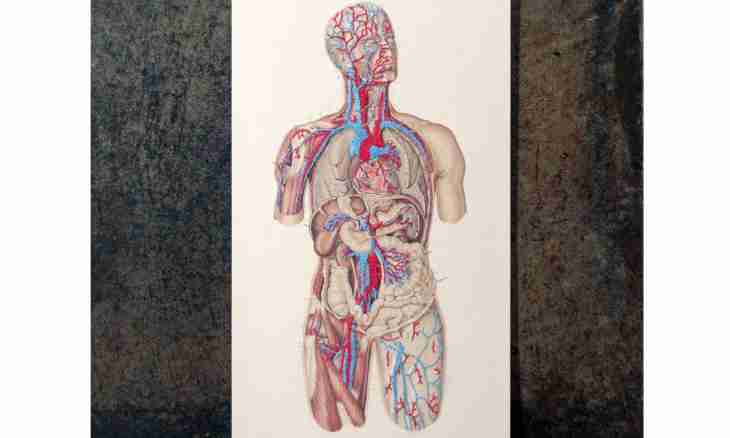All living organisms on the planet consist of cages. Near microscopic monocelled beings the most difficult systems function: bodies of birds, fishes, animals and people. The human body is the huge "mosaic" made of trillions of cages. Each part of this "mosaic" performs the functions during the term.
The exact number of cages is known by nobody
The cage was opened in 1665 by the English scientist Robert Hooke. Since then the science strongly progressed in studying these microscopic "details". However the exact number of cages in a human body is known by nobody. It is impossible to make calculation as "life cells" every minute are born and die. Scientists can speak only about approximate numbers. They assume that the total number of cages makes about hundred trillion.
Calculation is complicated by the fact that the quantity of cages in an organism constantly changes. In an intestinal epithelium, for example, about 70 thousand cages daily perish. Cells of a skeleton do not perish decades and stop the activity only when the person dies. The body of the child consists of smaller quantity of microparticles, than the adult's body.
Variety of cages
Cages in an organism are infinitely various. The quantity of some particles is set initially. For example, the quantity of cages in a brain of the baby does not increase over time, and after 25 years begins to decrease only. The number of ova is also initially set: during life of the woman only those ova which were formed during pre-natal development ripen. In blood the process of cellular updating happens continuously. The system of updating of blood can fail owing to radioactive defeat. The most terrible period of radiation sickness are a phase after aggravation when the person feels well, but has no chances of further life. Cages in an organism are not updated, and the person struck with radiation is expected by death from exhaustion of resources of an organism.
Life cell
Many scientists call a cage "a life cell". Emergence of living cell marked itself origin of life on our planet. Depending on the building, the cage consists of protein, nucleinic acid, a kernel, a cover. These elements connect in the uniform organism capable to function fully: to absorb and emit energy, to interact with similar, to breed. In evolution process many cells of a human body changed. Erythrocytes, lost a kernel, the structure of nervous cages focused on the structure of a cover, ova grew, and spermatozoa – decreased in sizes for "mobility". The cages opened more than 300 years ago still give science many surprises and inspire scientists on researches.

